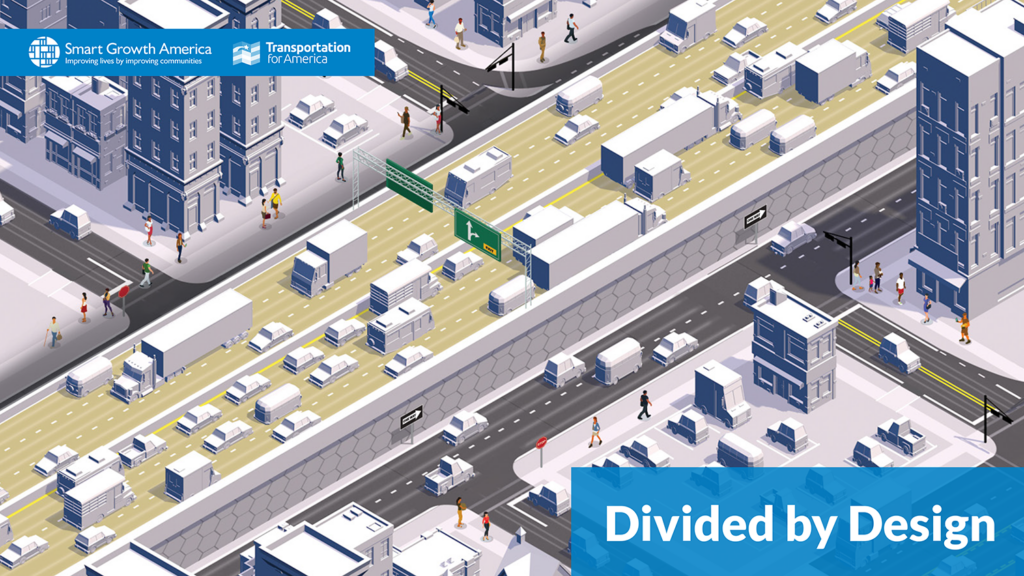
How have states fared with the billions in transportation stimulus funds?
 You may recall that the $787 billion economic stimulus bill that passed in February had nearly $30 billion allocated for transportation investments. That money was given out to states and Metropolitan Planning Organizations (MPOs) — largely free of any criteria or requirements for what projects it should be spent on.
You may recall that the $787 billion economic stimulus bill that passed in February had nearly $30 billion allocated for transportation investments. That money was given out to states and Metropolitan Planning Organizations (MPOs) — largely free of any criteria or requirements for what projects it should be spent on.
Smart Growth America released a report today examining how well states have been spending these billions. As they say on the Smart Growth America blog today, not only did the money arrive in a time of economic recession, but “at a time of embarrassingly large backlogs of road and bridge repairs, inadequate and underfunded public transportation systems, and too-few convenient, affordable transportation options.”
So after 120 days, how have states done in addressing these pressing needs and investing in progress for their communities?
After analyzing project descriptions provided by states and MPOs, Smart Growth America found forward looking states and communities that used the stimulus money as flexibly as possible, repairing roads and bridges and making the kinds of smart, 21st century transportation investments that their communities need to support strong economic growth.
Other states and communities missed this golden opportunity to create jobs while making progress on their most pressing transportation needs. These states spent their precious funds on building new roads rather than repairing existing roads, and ignored the chance to spend the money flexibly on the kinds of options that their residents really want — like public transportation or streets safe for walking and biking — leaving their communities stuck in traffic and stuck in the past.
…Despite the golden opportunity of extra funding, most states did not use the opportunity to make as much progress as possible on long-term goals. Even though repair backlogs can stretch years or decades into the future, nearly one-third of the money, $6.6 billion, went towards roadway new capacity projects. At a time when public transportation ridership is hitting all-time highs and the budget crunch is causing transit agencies to cut routes, service and jobs, an abysmal 2.8% was spent on public transportation. Only 0.9% percent was spent on non-motorized projects (i.e., bike and pedestrian projects).
Read more about the report and download the full version from Smart Growth America.



